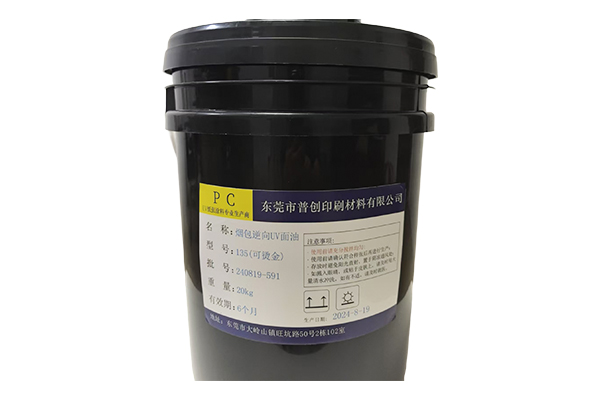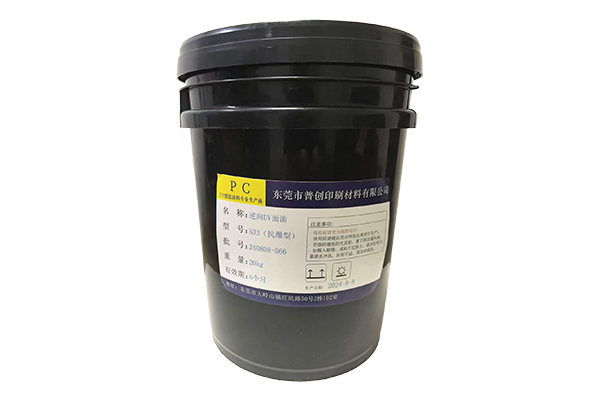What is the curing process of scratch-resistant fvilm uv varnish?
Release Time : 2025-03-20
The curing process of scratch-resistant fvilm uv varnish is a complex and delicate chemical reaction process, which involves multiple steps such as the excitation of photoinitiators, the generation of free radicals, chain polymerization reactions, and finally curing into high molecular polymers.
During the UV curing process, first, the photoinitiator in the scratch-resistant fvilm uv varnish absorbs the radiation energy of ultraviolet light. These photoinitiators are usually compounds with specific absorption wavelengths, which can transition from the ground state to the excited state under the irradiation of ultraviolet light. This step is the starting point of the curing reaction and provides the energy basis for subsequent chemical reactions.
The excited photoinitiator is unstable and easily decomposes to generate free radicals. These free radicals are highly reactive molecular fragments that can quickly interact with the prepolymer molecules in the varnish. Under the initiation of free radicals, the unsaturated bonds (such as double bonds) in the prepolymer molecules begin to undergo addition polymerization reactions to form free radical intermediates. This step marks the beginning of the chain polymerization reaction and is also the most critical step in the curing process.
The free radical intermediates continue to diffuse in the reaction system and react with more prepolymer molecules, resulting in the continuation of the chain polymerization reaction. As the reaction proceeds, the free radical chain continues to grow to form long-chain or mesh-like polymers. These polymers are the main products of varnish curing, and they have excellent physical and chemical properties, such as hardness, wear resistance, and chemical corrosion resistance.
When the free radical chains grow to a certain extent, they collide with each other and a chain termination reaction occurs. This step marks the end of the chain polymerization reaction and the completion of the curing process. In the chain termination reaction, the free radicals combine with each other to form stable compounds while releasing energy. At this point, the varnish has changed from a liquid to a solid state, forming a polymer coating with scratch resistance.
The curing speed of scratch-resistant fvilm uv varnish is affected by many factors, among which the curing temperature is a key factor. Generally speaking, increasing the curing temperature can accelerate the chemical reaction rate, thereby shortening the curing time. However, too high a temperature may also cause the coating to yellow, darken, or produce other adverse effects. Therefore, in practical applications, it is necessary to select the appropriate curing temperature according to the specific situation to balance the curing speed and coating quality.
In addition to the curing temperature, the curing process of scratch-resistant fvilm uv varnish is also affected by many other factors, such as UV light intensity, wavelength distribution, coating thickness, and additives in the varnish formula. UV light intensity and wavelength distribution directly affect the excitation efficiency of the photoinitiator and the generation rate of free radicals; coating thickness affects the penetration depth of UV light in the coating and the uniformity of the reaction system; additives may affect the curing process by adjusting the reaction rate, improving coating properties, or providing other functions.
After UV curing, the scratch-resistant fvilm uv varnish coating has excellent scratch resistance, hardness, wear resistance, and chemical corrosion resistance. These properties make the varnish have a wide range of application prospects in many fields, such as automotive painting, furniture manufacturing, electronic product housing processing, etc. By adjusting the varnish formula and curing conditions, the performance of the coating can be further optimized to meet the needs of different application fields.
The curing process of scratch-resistant Fvilm UV varnish is a complex and delicate chemical reaction process, involving multiple steps such as the excitation of photoinitiators, the generation of free radicals and chain polymerization reactions, and chain termination. By rationally controlling the curing conditions and optimizing the varnish formulation, a cured coating with excellent performance can be obtained.






